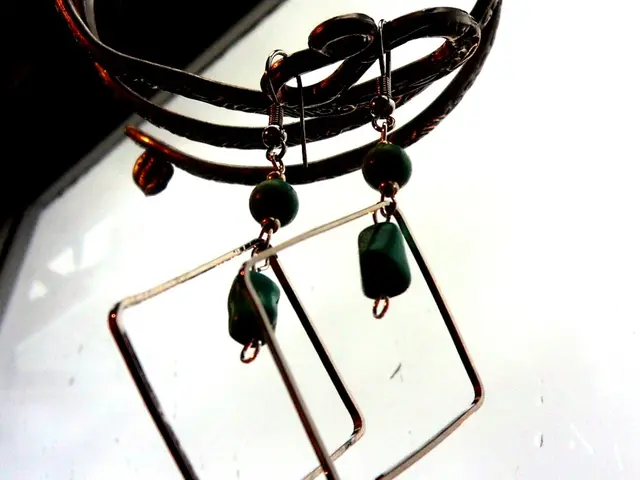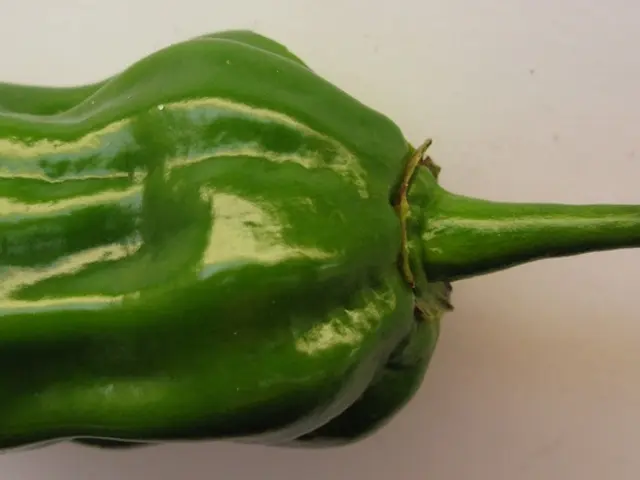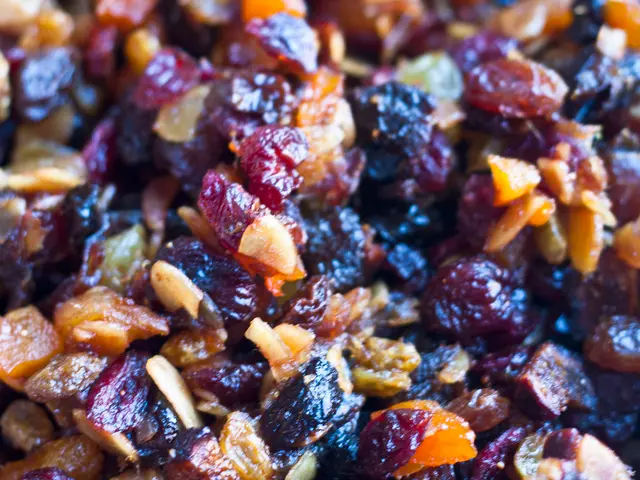Impact of Salt in Soil on Plant Development
Impact of Salt in Soil on Plant Growth
Salt in the soil can affect plant growth by causing osmotic stress, interfering with nutrient absorption, and causing toxicity. Here's a closer look at these effects.
Osmotic Stress
Salt can increase soil's osmotic pressure, making it difficult for plants to absorb water. This leads to dehydration, reduced growth, and poor productivity.
Interference with Nutrient Absorption
Sodium and chloride ions can displace essential mineral nutrients, such as potassium and phosphorus, in the soil. When plants absorb these ions instead, it leads to nutritional deficiencies.
Toxicity
High concentrations of chloride ions can interfere with photosynthesis and chlorophyll production, causing leaf burn and die-back.
The effects of salt in soil on plant growth can vary depending on factors such as plant type, salt type, freshwater availability, and soil type.
Managing Salt Toxicity
Several strategies can prevent and mitigate salt toxicity in soil:
- Reduce salt use in the soil.
- Combine salt with other materials such as sand, sawdust, or cinders to reduce its effects.
- Use de-icing materials that do not contain sodium.
- Avoid planting in areas where runoff naturally flows.
- Improve drainage by adding organic matter to poorly drained soils.
- Protect plants with physical barriers such as burlap, plastic, or wood.
- Use salt-tolerant plants in areas near roads, driveways, and sidewalks.
- Leach soils to remove salts through heavy watering.
- Use fertigation to reduce soil salinization and mitigate salt stress effects.
- Use biofertilizers to reduce soil salinization and increase salt tolerance.
- Use appropriate irrigation scheduling and leaching fraction to prevent and mitigate the effects of soil and water salinity.
Evolution of Soil and Plant Life
Plants have had a significant influence on soil's structure and composition over time. Their roots have played a critical role in binding soil particles together, improving soil structure, and enhancing soil fertility.
Impacts on Soil Structure
At high levels, salinity can have negative effects on soil structure and plant growth. In contrast, sodium can cause soil dispersion, resulting in reduced infiltration, reduced hydraulic conductivity, and surface crusting. Calcium and magnesium can reduce the amount of sodium-induced dispersion.
Salt toxicity can lead to leaf burn, stunting, and, in severe cases, plant death. Salt-tolerant plants may respond by not taking up excess salts, excreting them through leaves, or storing them in cells.
Remediation Strategies
Saline soils can be remedied through leaching, which involves adding water with low salt content to move salts deeper into the soil. Sodic soils can be treated with gypsum to displace sodium with calcium as water moves through the soil. Mulching can reduce evaporation of soil moisture and prevent salinity. Fertilizer application should be minimized, and low-salt water should be used for irrigation.
In conclusion, salt in soil can significantly impact plant growth by causing osmotic stress, disrupting ion homeostasis, and reducing water uptake. Employing proper soil management strategies can help mitigate these effects and promote healthy plant growth.
In the realm of health-and-wellness and plant life, salt in soil can also influence the fitness-and-exercise of certain plants by causing osmotic stress, interfering with nutrient absorption, and inducing toxicity. Osmotic stress from salt heightens the soil's osmotic pressure, making it challenging for plants to absorb water, leading to dehydration, reduced growth, and poor productivity.
Additionally, health-and-wellness of soil ecosystems relies on the balance of essential mineral nutrients, such as potassium and phosphorus. However, excess salt in the soil, particularly sodium and chloride ions, can displace these essential nutrients, leading to nutritional deficiencies for plants.







